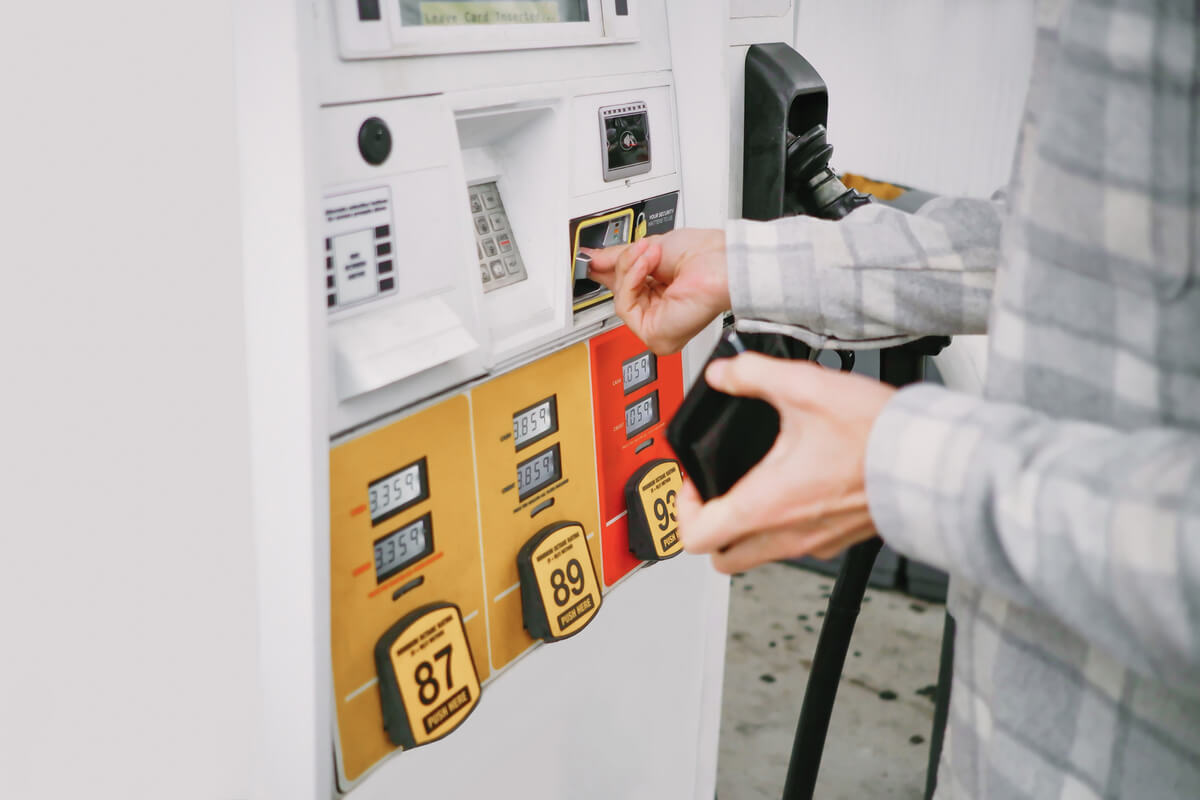You may have heard about the recent extension of the student loan "pause" and how it makes it easier for some borrowers to get back on their feet financially after years of economic disruption from the pandemic. But just how does the pause affect you? And what can you do during this pause to help maximize the benefit?
Let's take a look at what the pause on student loan repayments includes and some of the steps student loan repayors can take to take full advantage and get back on track this year.
What is the student loan pause?
An extension of a previous set of orders from the U.S. Department of Education (ED), the student loan payment pause affects certain federally serviced loans. (Private school loans aren't affected by this pause and must be paid as normal.)
This extension went into effect on April 6, 2022, and continues through August 31, 2022. At that time, the ED may choose to extend the pause again or consider other student loan relief in cooperation with lawmakers.
The pause suspends loan payments for those with qualifying loans and offers a 0% interest rate through the end of the pause. That means you can stop making payments on your qualifying student loans for now, and no additional interest will accrue on the balance of your account.
For those who had accounts in default, the pause stops all collection activity. For a few months, anyway, you shouldn't be getting calls or letters asking you to pay or have collections move into the next phase of action (court orders or garnishments).
How to maximize your savings
For many people, the pause just helps them get by. Especially for those with accounts in default, this break buys them time to figure out how to start making repayments or how to get their finances in order so that they can deal with garnished wages.
But even if you aren't in the category of people in default, you can still use this time to maximize the benefit of not having to pay back your student loans quite yet. Here are some ways to take advantage of the savings:
1. Make additional payments anyway
If you can make payments and want to chip away at the principal during this pause, you can. Some have chosen to do so as usual, helping them bring down the total loan amount while interest has stopped accruing. Another method is to take the money that you would have put toward your student loans, stick it into a savings account, and then make one big, lump-sum payment when payments restart in September. You'll still make a big dent in that principal, but you won't have to worry about communicating with your loan servicer or scheduling payments. Plus, this allows you to keep some liquid cash on hand just in case something happens, and you need it for something more important.
2. Use the payment money for higher-interest debt
Student loan borrowers can also consider using their savings to knock out credit card or loan debt. If you have a much higher interest rate than even your standard student loan, this could make sense. Putting money toward your credit card now, while student loan payments aren't required, can help you pay it all off before your student loan payments resume in September. You'll save on interest and have one less payment to make out of your monthly budget when student loan payments start up again.
Even if you can't make enough payments to completely get rid of this credit card debt, you could pay off enough to lower monthly payments and make it easier to manage both the credit card payment and the student loan payment later this year.
4. Create an emergency fund
While the pause on student loan payments was designed to help struggling loan payors get back on their feet, this means different things to different people. Assuming you have anything left in your budget at the end of the month, add funds to a savings account to help cover any unforeseen emergencies that may pop up. This could be the best strategy of all, especially for someone who has nothing saved for uncertain times.
If you already have an emergency fund, this money could go to either short-term investments (such as an upcoming medical procedure) or long-term investments (such as the down payment on a home). Revisit your goals to see if these next few months of student loan savings can get you over the finish line on a goal you've set.
Financial planning tips for the future
If we've learned anything these last few years, it's that we can plan for most things but can't predict all of them. By taking steps to maximize your student loan pause, you could possibly pay off your student loans early, pay off expensive debt, or even put money aside for an emergency. All of these actions can create some stability in the event of another financial disruption.


